A few months ago, RadioMaster introduced two ExpressLRS-compatible radio receivers with their Zorro transmitter. This review will look more closely at the RadioMaster ELRS EP1 and EP2 Nano RX ELRS radio receivers.
ExpressLRS is a relatively new radio protocol that is focused on range and latency. Regarding remote drone operation, these are the two most important factors besides reliability. Being open-source is cheaper than other options like TBS Crossfire or Frsky systems.
Tests have shown that getting close to 10 km of range with just 50mW is possible. Proximity FPV pilots will need only 10-25mW to get 1-3km coverage without triggering a failsafe. Low latency is achieved by using up to 500Hz refresh rate for the 2.4Ghz version or 200Hz for the 900Mhz one.
Most ExpressLRS hardware, including the RadioMaster ELRS EP1 and EP2, uses SX127x RF modules and ESP8285 (with WiFi capability) or ESP32 microprocessor. The technology allows the super tiny size of the receiver modules or even a built-in ELRS SPI receiver into the flight controller.
RadioMaster EP1 and EP2 ELRS Nano RX review
Disclosure: I received these two ExpressLRS radio receivers in a product review collaboration with RadioMaster. Technical specs and quality may vary according to the manufacturer’s reliability, so I cannot guarantee that you will get identical products, as seen in my article.
RadioMaster sent me two 2.4GHz ELRS radio receivers with similar specifications (ESP8285 MCU). While the EP1 has an external antenna connector (IPEX MHF), the EP2 has an onboard SMD ceramic antenna —both support firmware upgrades via WIFI and refresh rates between 25 and 500Hz. The stock firmware is ELRS 2.0. For easy installation, both come with pre-soldered wires. The two modules have the same RX, TX, VCC +5V, and GND pinout. Remember that RX goes to TX on the flight controller and TX to FC’s RX port.
The EP1 and EP2 ExpressLRS receivers are compatible with the RadioMaster Zorro and other ELRS-enabled transmitters. If you have binding issues, you should check the firmware version. TX and RX are recommended to run the same major version number. The ExpressLRS configuration and firmware upgrade tool can be downloaded from here (available for Windows, macOS, and Linux).
The RadioMaster EP1 comes in the bag with two omnidirectional dipole T antennas, one with a 4cm pigtail for small builds (2-4″) and a second one with 9cm for 3-7″ drones —the EP1 RX measures just 1×1 cm with a max height of 3mm. The module weighs less than 0.5 grams without the antenna.
1. EP1 Nano ELRS Receiver specifications
- ESP8285 MCU
- SX1280IMLTRT RF Module
- Omnidirectional antenna
- Frequency Range: 2400 MHz to 2500 MHz
- Maximum receive refresh rate: 500Hz
- Minimum receiver refresh rate: 25Hz
- Working voltage: 5v
- Weight: 0.42g (without antenna)
- Dimension: 10mm*10mm*3mm
- Peak gain: 2.23dB
- Price: $16.99
As I previously mentioned, the EP2 has specs and hardware similar to the EP1. The module also measures 1×1 cm. It is just a bit higher (6 mm vs 3mm) due to the onboard SMD antenna (that tiny black box). The EP2 RX is intended for smaller drones, and you can expect a shorter range than the EP1 due to the antenna type and position.
2. EP2 Nano ELRS Receiver specifications
- ESP8285 MCU
- SX1280IMLTRT RF Module
- SMD Ceramic antenna
- Frequency Range: 2400 MHz to 2500 MHz
- Maximum receive refresh rate: 500Hz
- Minimum receiver refresh rate: 25Hz
- Working voltage: 5v
- Weight: 0.44g
- Dimension: 10mm*10mm*6mm
- Peak gain: 3.7dB
- Price: $16.99
RadioMaster EP1 and EP2 status LED
- Always-ON means bind successful or Connection established;
- Double-flash means in bind mode;
- Slowly flash means no signal connection from the TX module;
- Fast flashing means in WIFI hotspot mode.

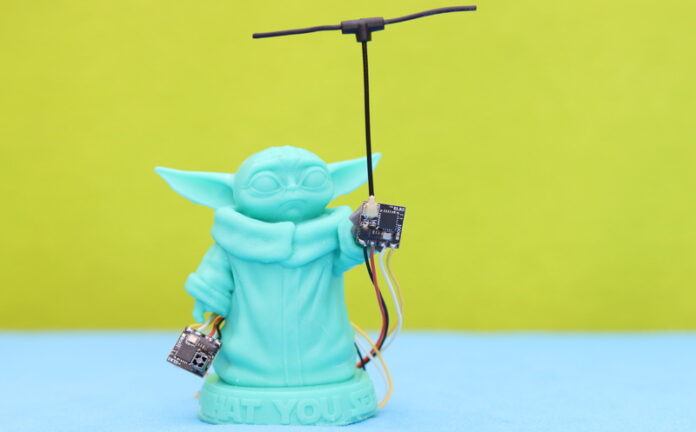
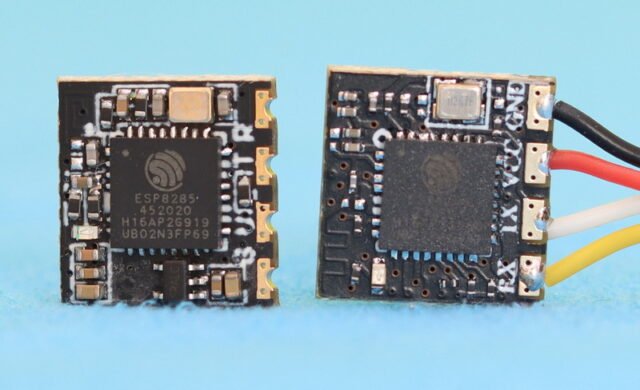
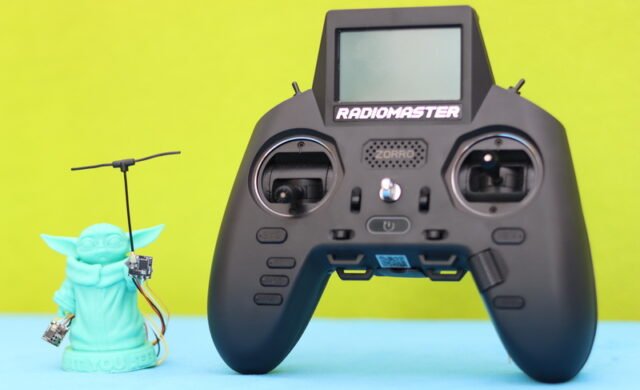
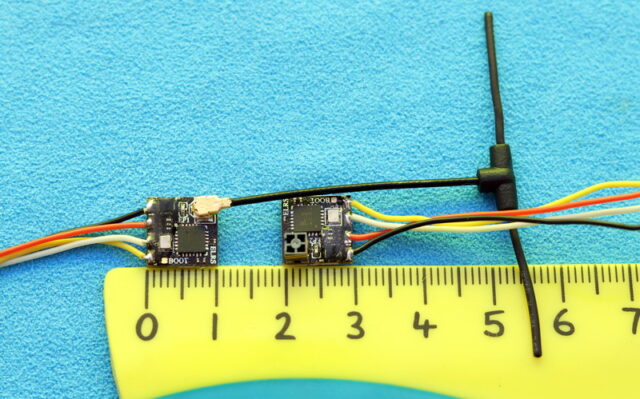
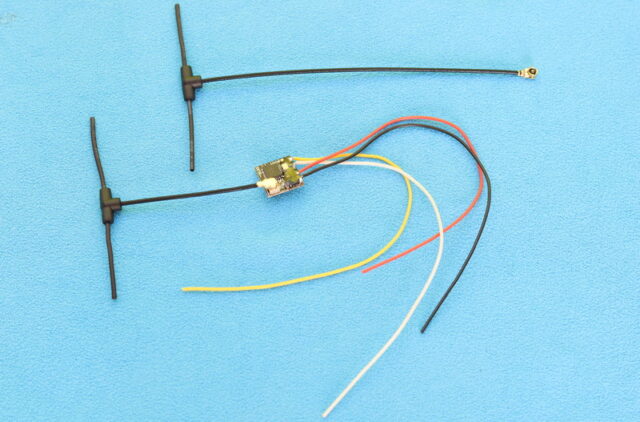

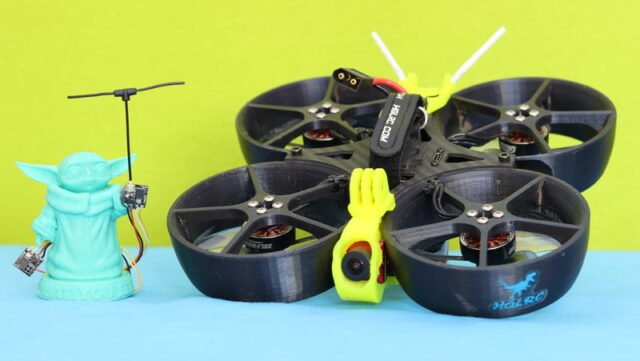
Visitor Rating: 3 Stars
I’m wondering what’s the difference between the RP1 and the RP3 except of the second antenna and the size
Is there a range difference ? Also what is the the between the EP1 and RP1?
Ceramic antenna is okayish for indoor but no more! For outdoor always use T antenna.
Penetration is much better with 915Mhz!
Visitor Rating: 4 Stars
Visitor Rating: 4 Stars
all my micro FPVs are installed with RadioMaster RP2 ELRS. Easy to use + great range!
Any range improvement with the new upgraded rigid antenna?
Cool, Thanks, Man!
Visitor Rating: 5 Stars